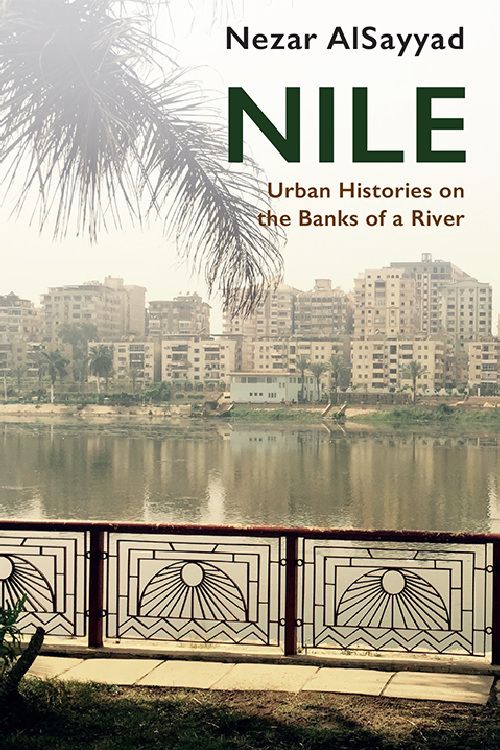
Nile: Urban Histories on the Banks of a River
Tom Verde
Nezar AlSayyad
Edinbergh UP, 2019.
Egyptian urban historian AlSayyad tells the story of the world’s longest river (6,825 kilometers) through a series of vignettes connected with its journey through history and 11 different countries. He treats the Nile as well as its tributaries and lakes “as actors on [a] stage,” with pharaohs, sultans, conquerors and explorers playing supporting roles. The search for the river’s elusive source intrigued the likes of classical Greek historian Herodotus, medieval Arab cartographer al-Idrisi, and intrepid 19th-century British explorer Stanley Livingstone. Without the Nile’s nutrient-rich silt deposits running downstream from the Ethiopian highlands, pharaohs such as 13th-century-BCE Rameses the Great could never have ruled over as rich and prosperous a kingdom. Their retelling offers a fresh look at the history and impact of one of the world’s oldest civilizations. As AlSayyad concludes, the existence of urban centers and monumental sites, from Alexandria to Abu Simbel, Khartoum to Kampala all owe some measure of debt to the Nile.
—Tom Verde
You may also be interested in...

British Library’s 500-Year-Old Nizami Manuscripts Shed Light on Power of Art and Poetry in 12th-Century Herat
Persian and Mughal scholar and specialist Barbara Brend presents a comprehensive study of one of the most highly esteemed works of Persian Literature.
Children’s Book Documents Rise of Umm Kulthum, Egypt’s Star of the East, As Declaration of National Identity
Illustrator Rhonda Roumani presents an illustrative biography of legendary Egyptian singer and cultural icon Umm Kulthum.
Novel Reimagines 1001 Nights With a Feminine Take
Jamila Ahmed takes on classic folktales with a newfound feminine perspective in historical fiction novel.